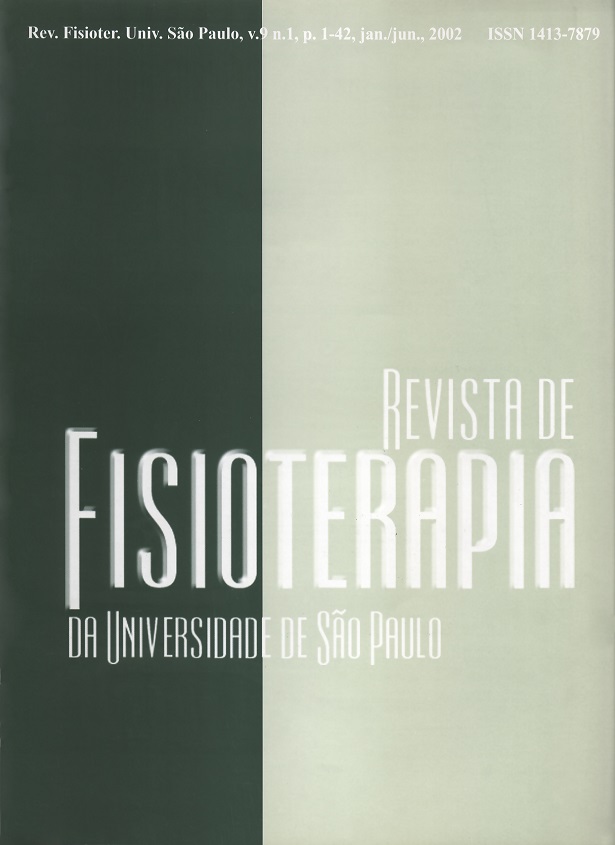Influence of the diabetic neuropathy on the behavior of biomechanical and sensorial responses in treadmill gait
DOI:
https://doi.org/10.1590/fpusp.v9i1.78510Abstract
Biomechanical investigation of the human movement has been bringing important discussions about the musculoskeletal system functions and the control of movement. The human walking is one of the most studied motor behaviors and its mechanical aspects contribute to characterize, identify, and intervene in pathological conditions. Dynamic, kinematic, andelectromyographic analyses of pathological gait can significantly help the comprehension of the control mechanism of gait and its compensatory alterations. These analyses can also contribute to therapeutic and preventive interventions in patients whose walking behavior is altered due to some disease that accomplish the neuromotor system. In the present study, we described and interpreted self-cadence walking in a treadmill of neuropathic diabetic subjects under biomechanical considerations, such as
dynamic, temporal, spatial, and electromyographic analysis during stance phase. We also studied sensorial and motor aspects in order to characterize the neuropathic and control subjects. The somatossensorial responses and pain tolerance threshold in the neuropathic subjects were significantly higher and considered away from the normal patterns. The self-cadence and the treadmill velocity were significantly lower in neuropathic gait. Single and double stance time, stride and step length were significantly higher during neuropathic gait. The neuropathic subjects showed lower vertical force peaks and lower deflections of vertical force and those findings were secondary consequences of the conservative strategy of lowering the gait velocity adopted by the neuropathic in order to reach a more stable locomotor pattern. The electromyographic responses of the thigh and leg muscles in neuropathic subjects showed lower magnitudes and were delayed paring to the normal recruitment pattern, specially the anteriortibialis muscle right and left. These findings lead us to conclude that probably central and/or peripheral control mechanisms of the gait of neuropathic diabetic patients are altered due to
somatossensorial and motor deficits. The mechanism of load reduction during walking was considered inefficient because of the activation delay of the lateral vastus and anterior tibialis muscles. We conclude that the peripheral diabetic neuropathy damages not only somatossensorial and motor sources but also intrinsic mechanisms of motor control leading to alterations in the ankle efficiency in gait. This resulting distal inefficiency
compromises some of the principal requirements to gait, which are progression and balance.
Downloads
Download data is not yet available.
Downloads
Published
2002-06-30
Issue
Section
Thesis / Dissertations
How to Cite
Influence of the diabetic neuropathy on the behavior of biomechanical and sensorial responses in treadmill gait. (2002). Fisioterapia E Pesquisa, 9(1), 37-38. https://doi.org/10.1590/fpusp.v9i1.78510



